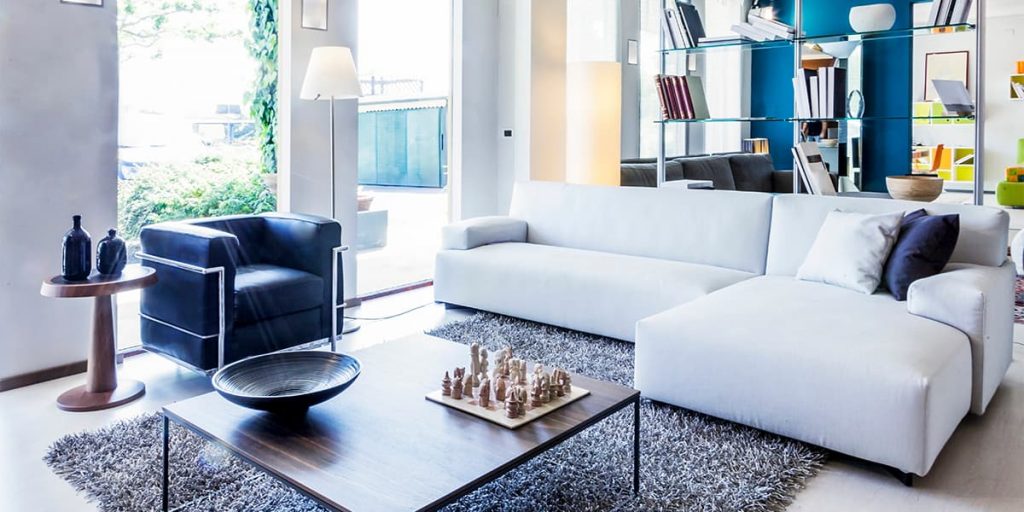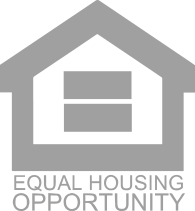6 Types Of Single-family Homes You Can Invest In

You may have decided on the real estate investment strategy for your single-family home investment, however, another key decision is the type of property you will acquire. Single-family homes can be one of the most straightforward investment options, given that the costs and risks are relatively lower and the potential of passive income is higher. That being said, there are various single-family property types, each with its own characteristics that make them more or less suited to specific investment strategies.
Deciding on the type of property and the strategy to use are critical decisions that will impact your funding requirements. In turn, funding availability is a fundamental determinant of whether an investment is possible at all. Real estate investors can fine-tune their budget and funding requirements by choosing the property type and strategy wisely.
We’ve summarized six common types of single-family properties and paired them with strategies that complement them.
-
Starter Homes
These are named as such because they are usually attractive to first-time homeowners looking for a stepping stone to a bigger home in the future. They tend to be smaller, located in more affordable neighborhoods, and designed for investors just starting in real estate. Rental income may be relatively lower, but so will the investment requirement.
 Strategies: Rental income, Rent to own, Property improvement.
Strategies: Rental income, Rent to own, Property improvement.
-
Move-up Homes
These are considered a step up from starter homes in terms of affordability and value. They’re usually larger and designed for families looking for space. These are in more upscale neighborhoods with better amenities like a large backyard or kitchen. Investors with access to more resources and experience are comfortable with these properties, and rental income is higher than starter homes.
 Strategies: Rental income (perhaps suitable for multiple tenants per room), Rent to own, Property improvement.
Strategies: Rental income (perhaps suitable for multiple tenants per room), Rent to own, Property improvement.
-
Luxury Homes
These are usually the largest property types with premium designs, fittings, and amenities, like swimming pools and extensive master suite. They can be found in upscale neighborhoods or private gated communities. These are in demand by high-net-worth individuals looking for a lavish lifestyle.
 Strategies: Buy and hold, Fix and flip.
Strategies: Buy and hold, Fix and flip.
Get In Touch With The Real Estate Investor News Team If You Want To Know More About Buying And Financing Investment Properties
-
Vacation Homes
These properties are used as secondary homes that are located in desirable vacation destinations. While not as large or opulent as luxury homes, they usually boast premium fittings and amenities. Owners typically use these as weekend getaways.
 Strategies: Buy and hold, Vacation rental.
Strategies: Buy and hold, Vacation rental.
-
Fixer-uppers
These properties need repair and refurbishment, after which they may be attractive to renters or buyers. These could be any property types mentioned above and can be a good way for investors to own said type for under-market value. They tend to be riskier investments due to the need to invest in repair work that could pay off but could not.
 Strategies: Fix and flip, Rental income, Buy-Rehab-Rent-Refinance-Repeat (BRRRR).
Strategies: Fix and flip, Rental income, Buy-Rehab-Rent-Refinance-Repeat (BRRRR).
-
Foreclosure Homes
As the name suggests, these properties have gone through foreclosure and are being sold by the financing company. They typically are in a state of disrepair and require renovations, so they are often sold at a discount. These can also be a good start for investors looking for a good deal, but they come with risks, such as unanticipated repair costs and title issues.
 Strategies: Buy and hold, Fix and flip, Rental income, Buy-Rehab-Rent-Refinance-Repeat (BRRRR).
Strategies: Buy and hold, Fix and flip, Rental income, Buy-Rehab-Rent-Refinance-Repeat (BRRRR).
Conclusion
Pairing the right property type with the right strategy can set you up for success so do not rush the decision. Each of the properties has its own benefits and drawbacks, and they all carry the chance of profit. Give careful thought to the type of property you would like to invest in, as this will impact the amount of risk, upfront capital required, and profit potential.
Speaking of upfront capital, each property type has varying amounts of initial money necessary to acquire them. Don’t let the funding requirements of a project stop you from buying your dream home. Here at RE Investor News, our team of experts makes it their purpose to ensure no property is out of reach. Reach out to us to find out how we can help you on your real estate investment funding journey.
Let Us Help You Boost Your Real Estate Projects!
Share your real estate investment projects with us and one of our team members will contact you with the right funding solution.



 Previous Post
Previous Post Next Post
Next Post






